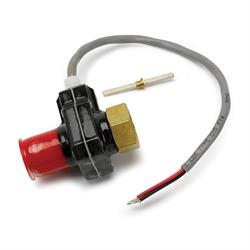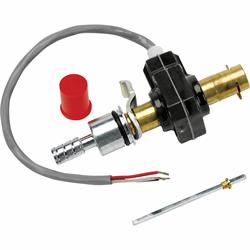Testing 2 and 3 Wire Speed Sensors
Testing either a 2 or 3 wire (Hall Effect) speed sensor is a relatively easy task, and one that can save you quite a bit of money in the long run. Your vehicle could start to act like it has a bad coil pack or throttle position sensor, and after testing those you may still come up empty handed. This is when you would want to test your 2 or 3 wire speed sensor, as faulty units can also cause these issues. Another reason to test your 2 or 3 wire speed sensor is of course, your speedometer is acting up or not working at all.
To explain how to test a 2 or 3 wire speed sensor, the guys at Autometer put together a couple videos that walk you through the produces for each. There really is not a large amount of tools needed for the test itself, and they are not specialized either. The tools needed for testing either a 2 or 3 wire speed sensor are essentially a multimeter with the clamp leads, and a drill. The 3 wire speed sensor is externally powered, so you will need a power source of some form.
First off is testing the 2 wire speed sensor. These sensors are self powered, meaning the revolutions inside the case generate the signal needed to create movement in the speedometer. They start out by attaching the red lead to the signal output and the ground lead (black) to the ground on the speed sensor. Since he is testing the 2 wire speed sensor while it is out of the vehicle, he breaks out the high powered drive device (a drill) to spin the sensor at the necessary RPM’s to generate a signal. If you are intending on testing the vehicle, you will actually have to drive the wheels with the engine to obtain sufficient RPM’s to generate a signal. (DISCLAIMER: We do not recommend driving the vehicle anywhere without a functioning speedometer.) Using the drill to operate the sensor shows that as the RPM’s of the drill increases, the voltage output of the sensor increases. This shows that the sensor is functioning properly.
Testing a 3 wire (Hall Effect) speed sensor is nearly as simple. Since the 3 wire sensors are externally powered, you will need to have a power source of some kind if you are testing outside of the vehicle. You’ll still use your multimeter with the clamp leads, and after attaching power and ground, you’ll piggyback the ground (black) lead to the external source ground, and attach the red lead to the output on the sensor. Then it’s time to test the sensor.
Don’t forget to take a look at the large selection of ignition and electrical testing tools available through Speedway Motors!

